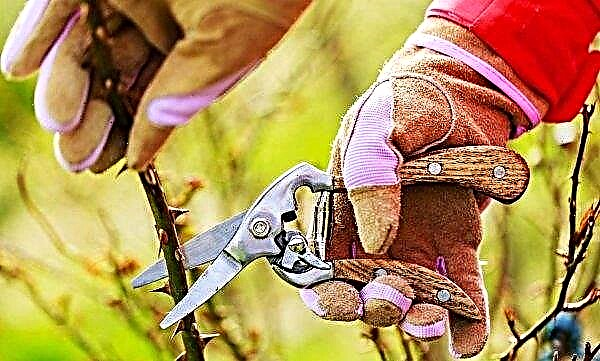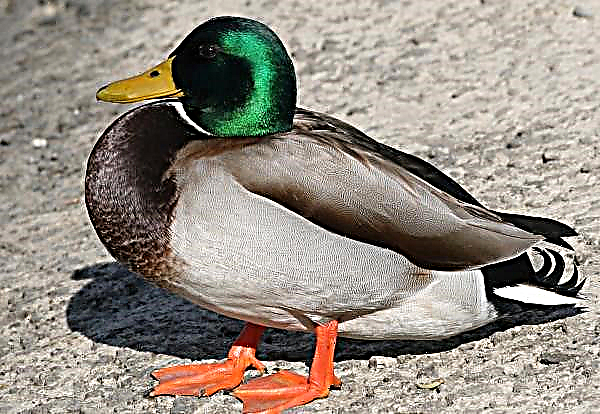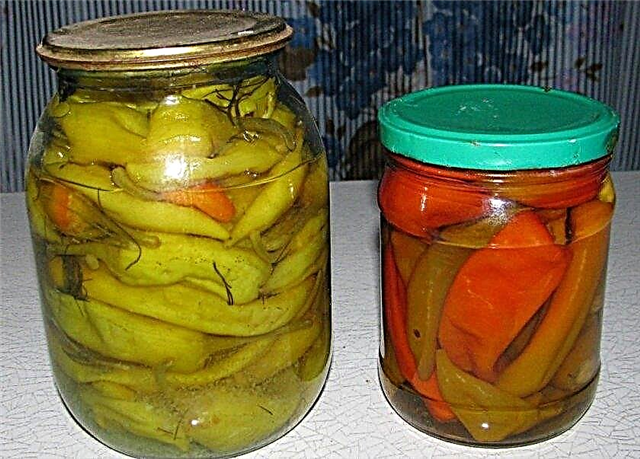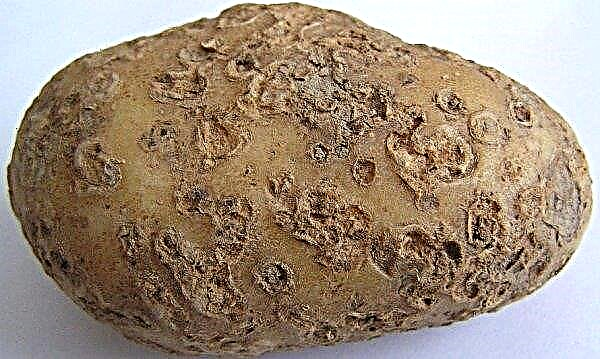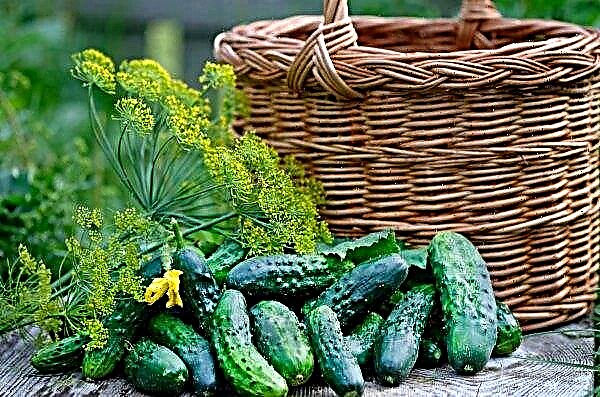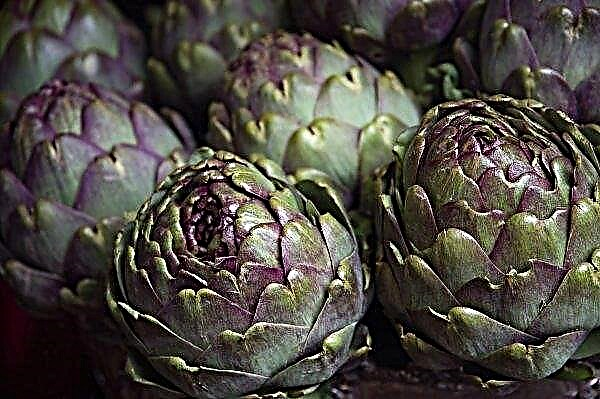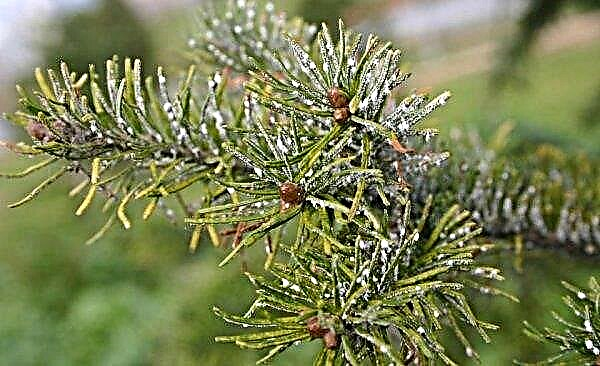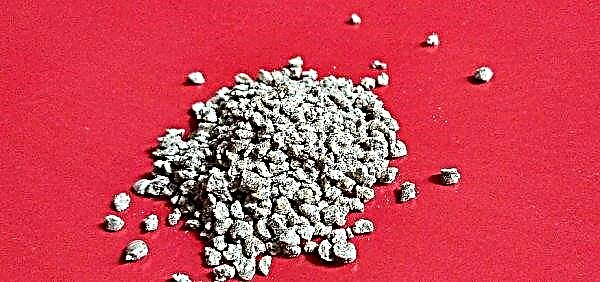Violets are unusually beautiful herbaceous plants found in the wild in a temperate climate. Due to their extraordinary beauty of flowers, they are very fond of many flower growers around the world. Each type of violet is unique, worthy of attention. But among them there are the most memorable, for example, the variety Babylon, striking with its double flowers. It will be discussed further.
Botanical description of the plant
Violet Babylon was born thanks to the efforts of the Lugansk breeder Svetlana Repkina. Her creations are known not only in Ukraine and neighboring countries, but also across the ocean, in the States. Svetlana began to get involved in violets in 1999. In 2001, a hobby turned into a job. Then the Babylon hybrid appeared. It is cataloged with the prefix "RS".
Violet Babylon is the owner of large, dense foliage of moderately green color, oval shape. While she is young, her edges are turned outward. With age, they gradually straighten. All leaves are dotted with small villi, so they feel velvety to the touch. The leaves are collected in a rather large outlet, in the center of which flowers appear. They are semi-double, with elongated two-color petals.
The main tone is white, and the spots, like strokes, are purple or cherry. Peduncles are rare, although due to the splendor of the flowers themselves from afar, it may seem that violet blooms violently. The buds often hide under the foliage, so you need to find and release them in a timely manner by removing the top sheet so that they can open freely. What the violet is capable of during the flowering period is noticeable when the buds first appear.
Conditions for successful growing at home
All violets of the plant are capricious, and Babylon is no exception. First of all, they are very demanding on the conditions of their detention, and only then on leaving.
Did you know? The cooler the room in which the Babylon violet grows, the more saturated will be the color of the “strokes” on the flower petals.
Location
Those who have already encountered the breeding of Babylon, note that the flower feels good on window sills or racks located near the windows. Only the window should not look to the south side and drafts should be avoided. Flowers will feel great in the kitchen, where there is always enough light and high humidity.
Lighting
Violets are very fond of light, but only diffused and soft. Direct sunlight easily burns their foliage. Signs of a lack of lighting will be the fadedness and lethargy of their appearance. In addition, leaf plates will change orientation from horizontal to vertical, so on cloudy days, especially winter, when daylight hours are short, you need to organize daylighting with fluorescent lamps up to 13-14 hours.

Temperature and humidity
Although in the wild violets grow in a temperate climate, they love warmth. A comfortable temperature for them is + 20 ... + 25 ° С, which must be maintained all year round, which in urban conditions is very difficult to implement.
Important! For violet Babylon, it is permissible to lower the temperature to + 12 ° C, but for a very short period at night. If the cold is prolonged, then the sheet plates will be burned.
Features of home care
Violet Babylon grows very slowly, so you need to be patient and take good care of it so that you can enjoy its magnificent flowering.
Watering rates
The flower loves moisture, but in moderation. The frequency of irrigation procedures depends on the season. During the period of active growth and flowering, the plant is watered once or twice a week, always through a tray. The water used is soft, settled and warm. After 20-30 minutes, the remaining moisture must be poured out of the pan so that there is no decay of the roots. In winter, watering is carried out only when the soil dries well.
Every 4-8 weeks you need to arrange for violets souls. It is necessary to remove dust from the leaves. After bathing procedures, it is imperative to brush off the moisture from the leaves.
Top dressing
The flower is nourished only during intensive growth and flowering. In autumn and winter, the plant does not need fertilizers. To violet bloomed violently, it must be fed with potassium, phosphorus. Active growth of greens requires nitrogen, but it should be applied very carefully, especially in the soil of adult plants, since the element affects flowering (may stop). The frequency of top dressing is every two weeks.
Pruning
As such, pruning the violet is not needed. Her outlet is always magnificent and compact. The only thing that needs to be done is to trim the lower leaves, which have lost their decorative appearance. Sick and dried leaves should also be removed.
Transfer
A flower transplant is carried out:
- with the appearance of a large number of lateral processes, thickening the flowerpot;
- the length of the “bare” stem is very large;
- the diameter of the flower is three times the diameter of the pot;
- need to change the soil due to the fact that the plant looks bad.
 The procedure can be carried out at any time of the year, but it is best in the spring, during a period of intensive growth, so that the plant quickly takes root in a new place. It is advisable to avoid winter transplants if this is not absolutely necessary, as the plant will take root in a new place for a long time.
The procedure can be carried out at any time of the year, but it is best in the spring, during a period of intensive growth, so that the plant quickly takes root in a new place. It is advisable to avoid winter transplants if this is not absolutely necessary, as the plant will take root in a new place for a long time.Despite the fact that violets are very capricious flowers, they respond perfectly to over-rooting. That is, you can cut off the lush top, put it in the water and, waiting for the roots to appear, plant in the soil. It is only important to follow all the rules of rooting.
The pot is chosen not deep and not large, but so that the flower outlet is not more than three times the diameter of the pot. It is filled with ready-mixed soil from shops for violets. You can cook it yourself by mixing turf soil, peat and sand (4: 1: 1). The bottom must be lined with drainage. The flower is moved from the old tank to the new one by transshipment. The bare stalk is carefully hidden under the ground.How to propagate
Usually violets propagated by cuttings. This is the easiest and most effective way. A leaf is used as a handle. Maybe the one that was circumcised due to the fact that it lost its decorative effect. It is placed in water and waiting for the appearance of roots.
When they are at least a centimeter long, it is possible to plant the cuttings in the soil. Landing should be carried out very carefully, since the roots are fragile, and they can easily be broken. The sheet should be deepened into the soil not vertically, but at an angle of 45 °. From above the container is covered with a plastic cup or jar.
Important! Before the appearance of new leaves, shelter does not need to be removed.
Growing difficulties
Violet Babylon is often attacked by diseases and pests:
- powdery mildew. Appears due to poor care and excess nitrogen in the soil, leaves are covered with white coating, the flower slows down growth. It is treated with fungicides such as "Fundazole", "Topaz", by removing the affected foliage. For prevention, the soil is treated with “Previkur”, “Thanos”, the content of potassium and phosphorus in the soil is controlled;
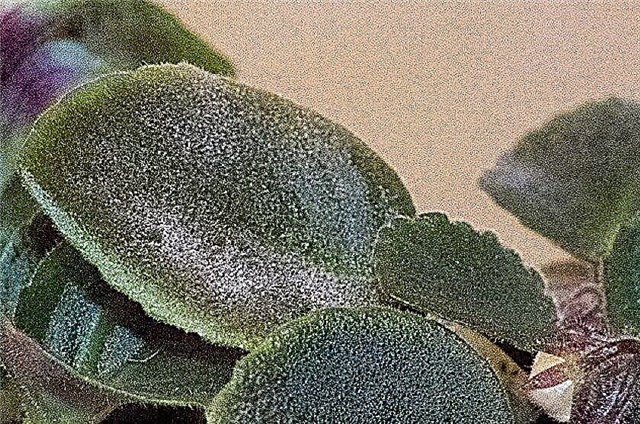
- rust. It occurs due to insufficient lighting and reduced immunity of the plant. Red spots appear on the outside of the leaf, and pustules of the fungus on the inside. During treatment, the affected leaves are torn off, the flower is isolated and treated with the fungicides Fitosporin-M, Topaz;
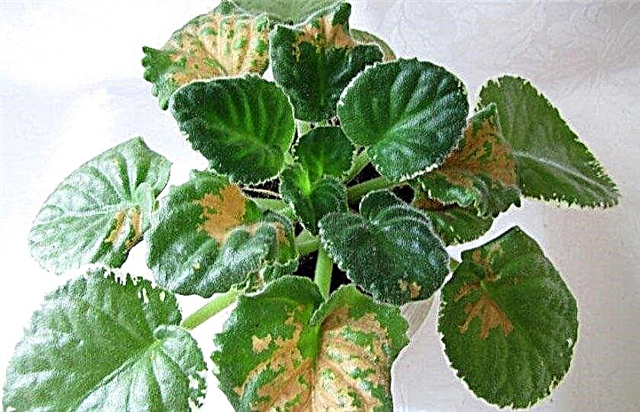
- root rot. They arise due to the lack of drainage, poor soil, soil cooling, abundant watering. The problem is solved by transplanting into a new tank with new soil and with the preliminary removal of the affected part of the roots;
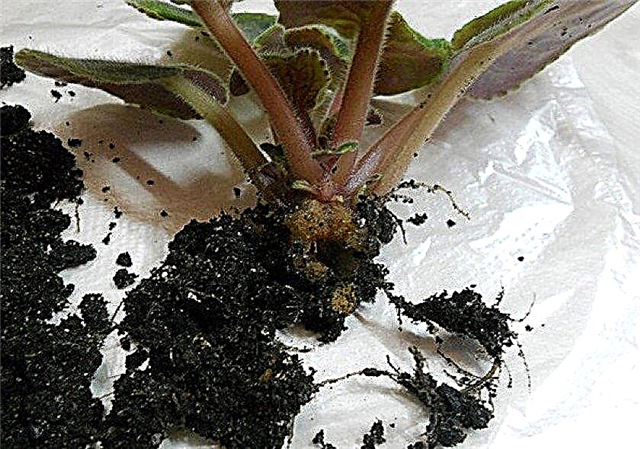
- spider mite. Appears due to very dry air in the room. You can determine its presence by a thin white web that envelops the flower. Destroys the pest infusion of onion peel or acaricides "Apolo", "Neoron";
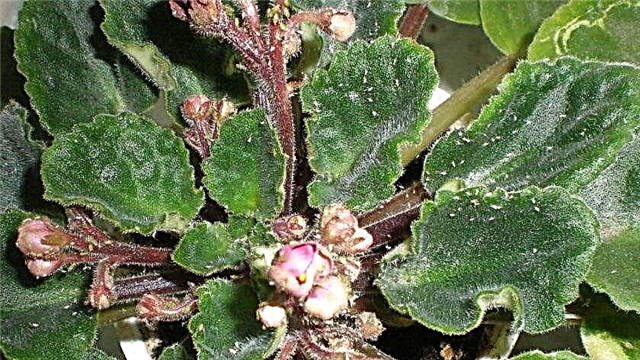
- scale shield. It activates with a lack of light and low temperatures, manifesting itself as brown sticky spots. Adult individuals are destroyed by wiping the leaves with a cotton swab dipped in Actellike, Aktare;
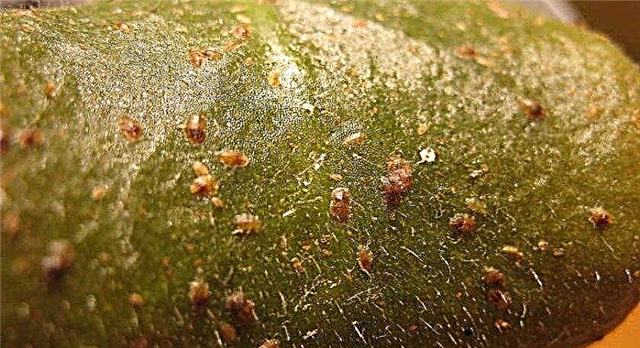
- thrips. They appear when the temperature rises and the humidity decreases. Destroy by washing the foliage under a stream of water, immersing the outlet in a basin with soapy water for 10 minutes and processing “Fitoverm-M” and “Actara”;
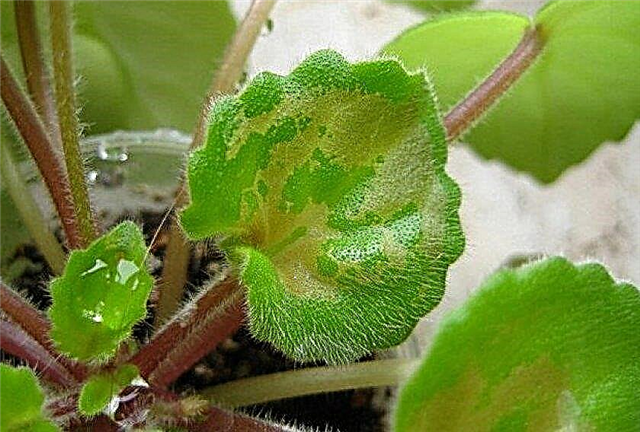
- mealybug. It attacks when the rules for the care and maintenance of the plant are violated. A sign of his life will be a white coating on the foliage. In the fight against pest, soapy water is used, in which a swab is moistened and the foliage is rubbed with it;

- aphid. It appears if the soil has been infected and has not passed the disinfection procedure. You can determine the appearance of the pest by honey dew and wilting plants. Drive out the pest with a water shower or rubbing the leaves with a soapy solution.

If you become the owner of this magnificent flower, then pay more attention to it, and then it will thank you with a beautiful flowering.
The hybrid breeder even advises all flower growers, when caring for the violet Babylon, to talk to her like a living creature.Did you know? Violets are often credited with the scientific name of Saintpaulia. This plant is often called flower growers of Uzambara violet, and outwardly it is very similar to other violets. In fact, violets and Saintpaulia belong not only to different families, but also to orders.









